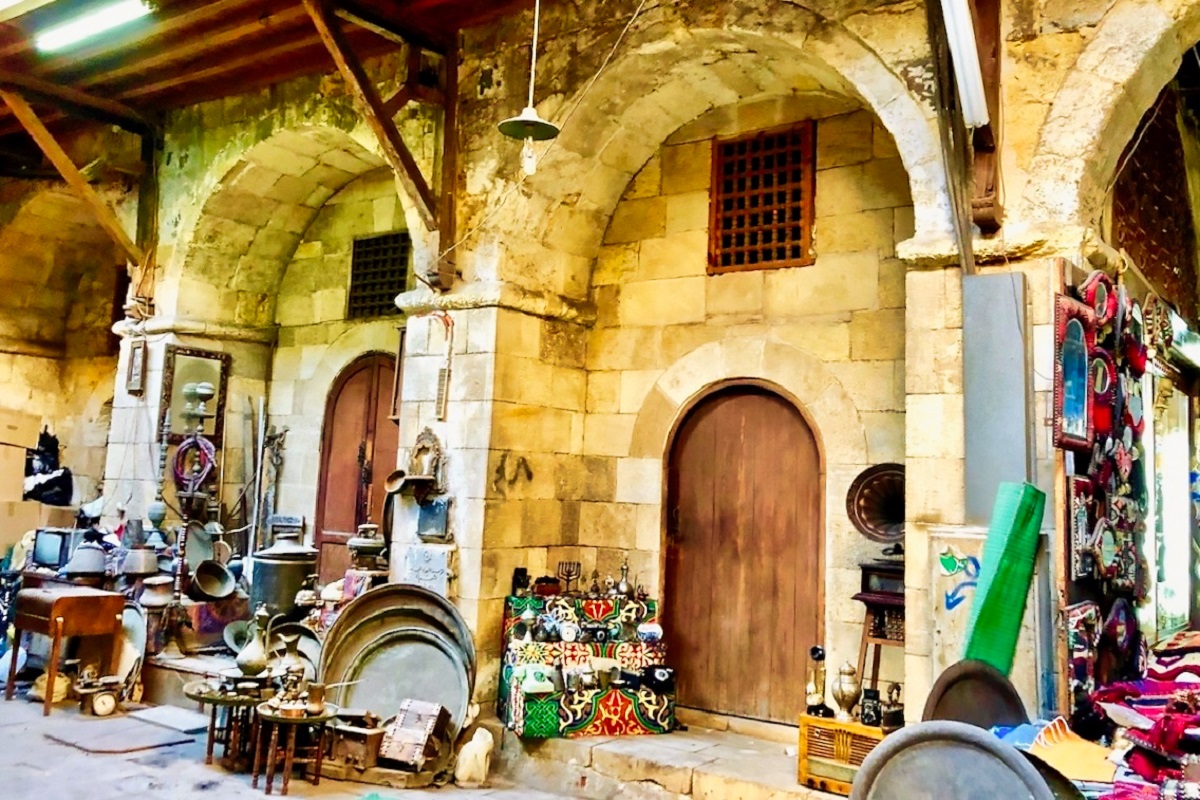![]()
If you want to feel a part of life from the Ottoman period of Islamic Cairo, you must take the road to Khan el Khalili Street in Cairo, which even today, after more than 600 years since its creation, carries the spirit of the old days. It is located on the ground of the eastern palace of the Caliph of Fatimid, El Muizz Bilah, on the site where the tombs of Caliph Fatimid once lay, which were destroyed by Prince Jahariks el Khalili, and in their place, in 1382, built a khan, still known by his name. Located between El Muizz Street and El Hussein Mosque and close to El Azhar University and the mosque, it is a blend of Islamic monuments and the daily lives of Cairo residents.



















